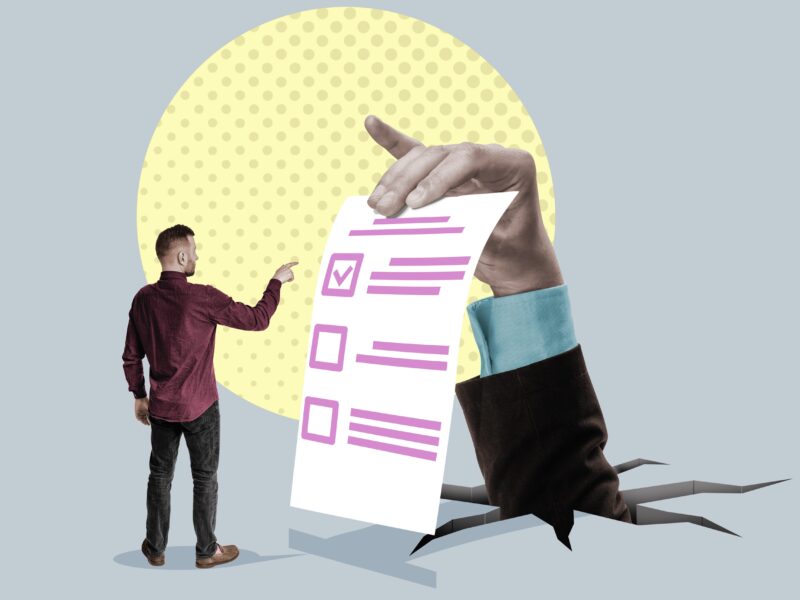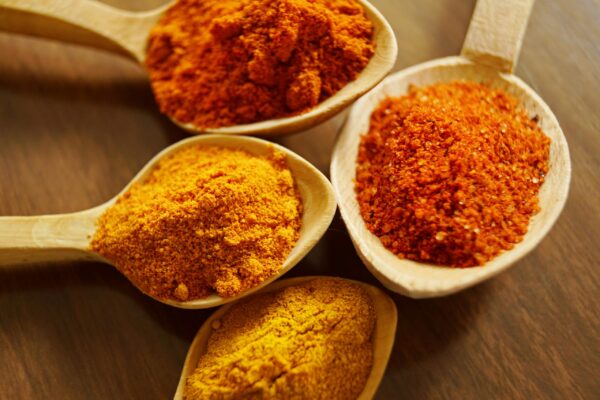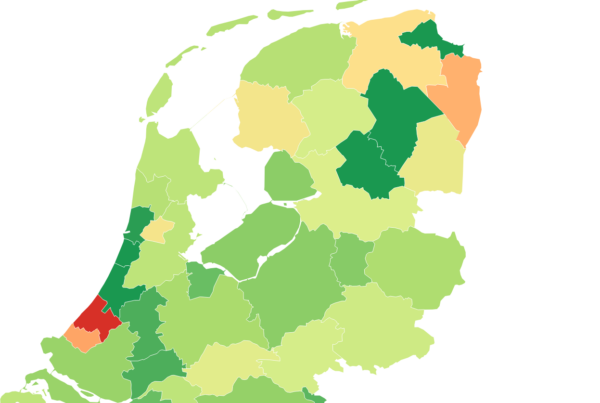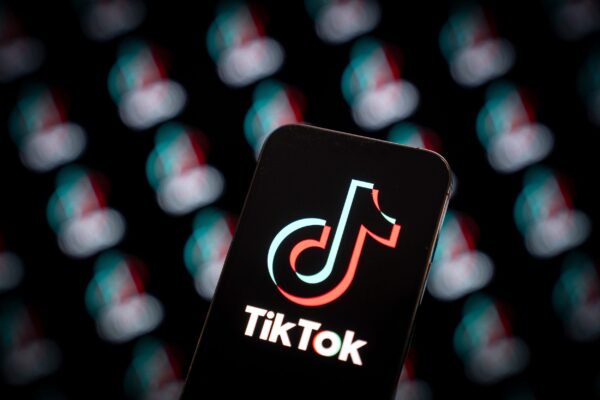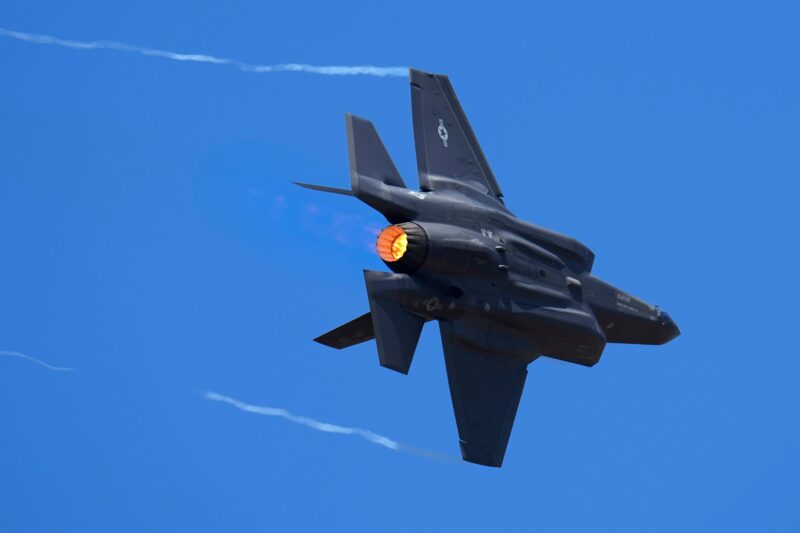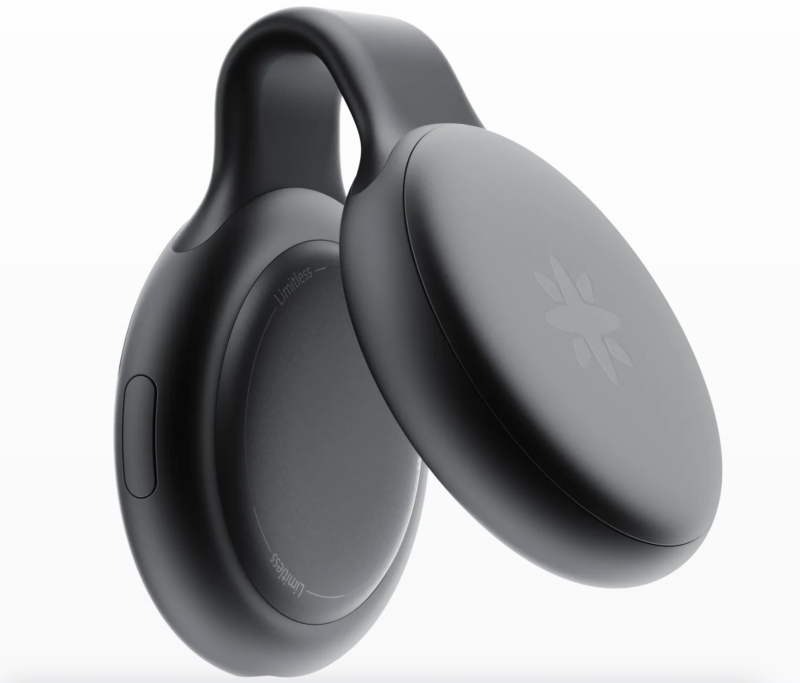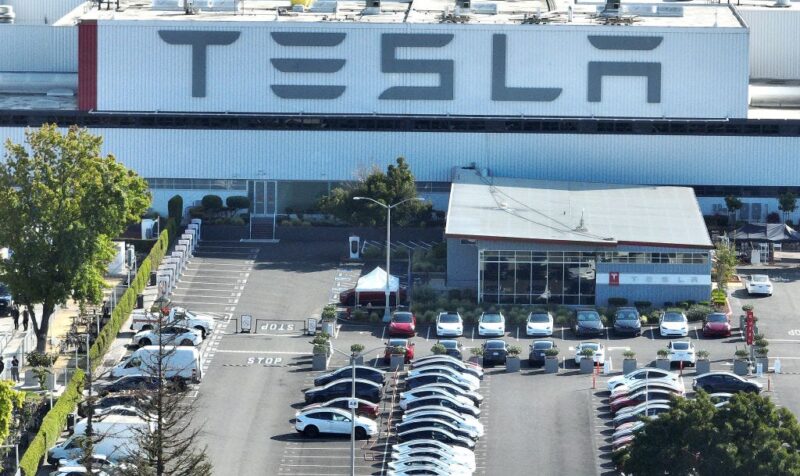- Puerto Rico was devastated by Hurricane Maria in September 2017.
- The storm destroyed buildings, knocked out electricity for months, killed an estimated 2,975 people, and left at least $80 billion in damage.
- The island’s tourism industry, which accounts for 6.5% of its GDP, was decimated, with typically jam-packed areas like Old San Juan becoming “ghost towns.”
- Since then, Puerto Rico tourism has seen an impressive rebound: 2019 was a record-breaking year, with 5.2 million visitor arrivals and nearly $1 billion spent on hotels and vacation rentals, per the tourism board, Discover Puerto Rico.
- The island’s tourism industry recovered four times faster than New Orleans’ did after Hurricane Katrina, the tourism board says.
- Visit Business Insider’s homepage for more stories.
On September 20, 2017, the third-strongest hurricane ever to hit the US hammered the island of Puerto Rico.
Hurricane Maria destroyed homes and businesses, decimated roads, and toppled cell phone towers and power lines, knocking out electricity, water, and phone services. An estimated 2,975 people died, although the official death toll was only recorded as 64 for months. In the aftermath of the storm, 200,000 people – about 6% of the island’s 3.5 million population – fled the island, mostly to the mainland US. Electricity wasn’t fully restored for almost a year. The total cost of the damage was estimated at $80 billion.
Puerto Rico’s tourism industry – which accounts for 6.5% of its GDP, per the tourism board – was devastated. The US territory has been slow to recover from the effects of the hurricane. It took nearly a year for power to be fully restored on the island, and as of August 2019, about 30,000 people were still living in homes covered by tarps rather than solid roofs.
But Puerto Rico’s tourism industry has bounced back surprisingly quickly. 2019 was a record-breaking year for tourism, with 5.2 million visitor arrivals and nearly $1 billion spent on hotels and vacation rentals, according to the tourism board, Discover Puerto Rico.
"Following Hurricane Maria, Puerto Rico saw a tourism comeback unlike any other, recovering four times faster than New Orleans after Katrina," a spokesperson for Discover Puerto Rico told Business Insider.
Puerto Rico invested heavily in tourism marketing after the hurricane, bringing in big names like Jimmy Fallon and Lin-Manuel Miranda, the creator of the hit musical "Hamilton" and who is of Puerto Rican descent.
Here's how Puerto Rico rebuilt its tourism industry after Hurricane Maria.
Before Hurricane Maria hit the island in September 2017, Puerto Rico had just come off one of its most successful tourism years ever.
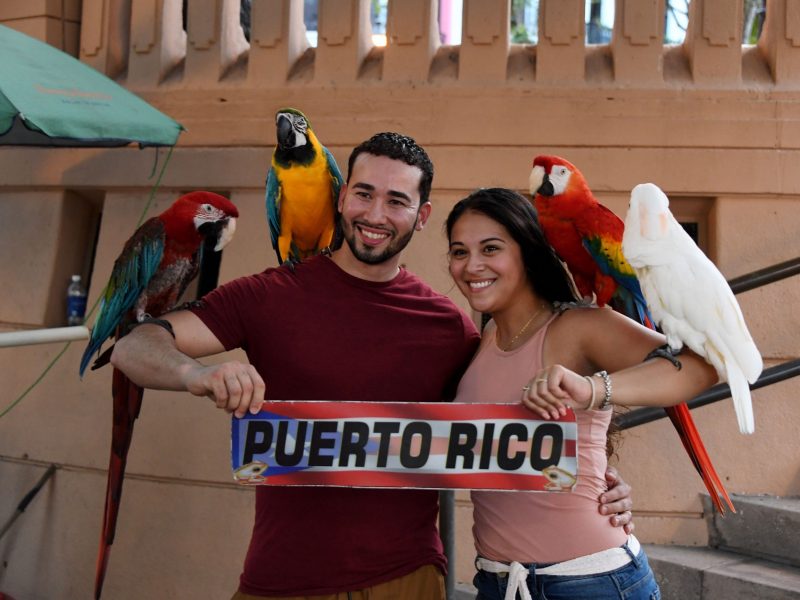
Per Discover Puerto Rico, 2016 was the peak year for tourism for the US territory, with 8.1 million trips and $8.5 million in visitor spending.
But Puerto Rico's economy was in a precarious financial position, with its government bankrupt and owing $70 billion.
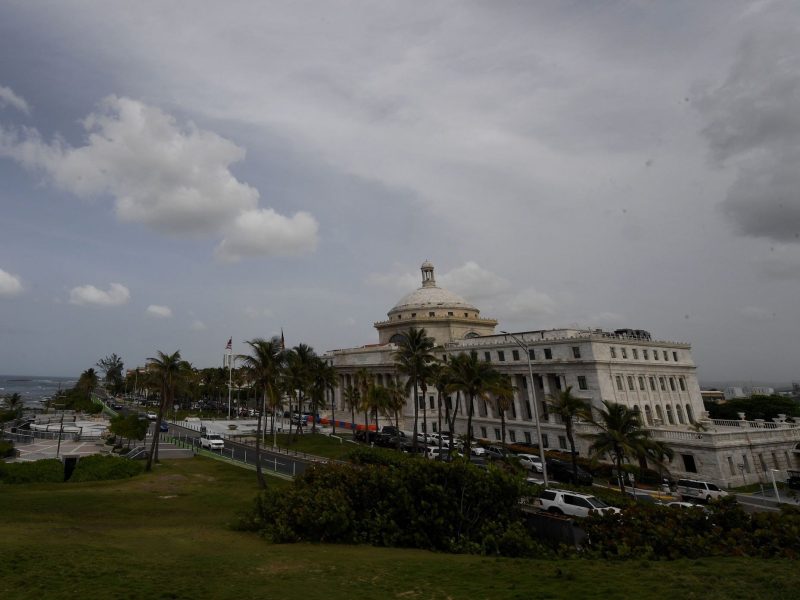
Puerto Rico racked up this massive debt over the years due to an exodus of large businesses and a lack of tax revenue, which forced the government to borrow money and sell bonds to Wall Street, as Business Insider previously reported.
Despite being a US territory, Puerto Rico has little say on federal policies that have affected it ever since it became a part of the US in 1898.
On September 20, 2017, Hurricane Maria hit Puerto Rico, making landfall as the third-strongest hurricane ever to hit the US, with 155 mile-per-hour winds.
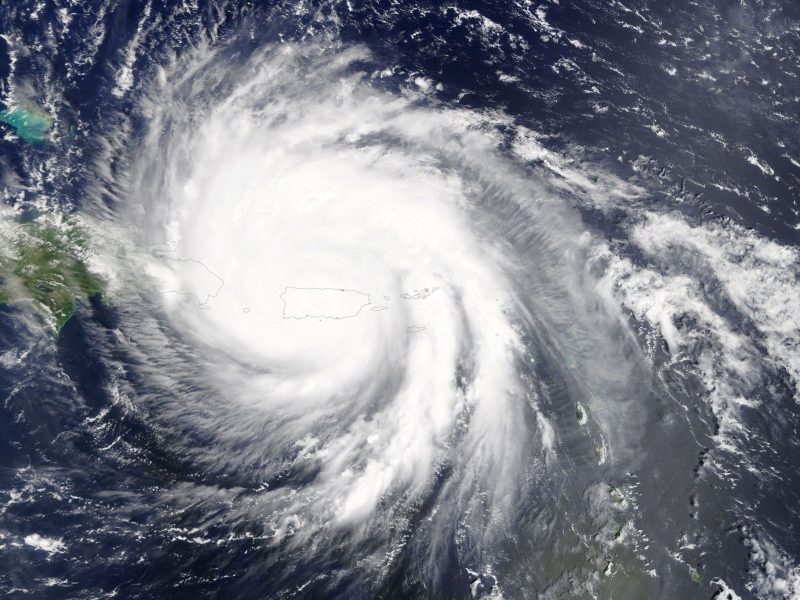
It was the first Category 4 cyclone to hit Puerto Rico since 1932.
Hurricane Maria came just two weeks after the eye of Hurricane Irma had passed near the island, killing four people and cutting off power to about two-thirds of the population.
The hurricane's winds ripped roofs off buildings and toppled cell phone towers and power lines, knocking out electricity to the entire island.
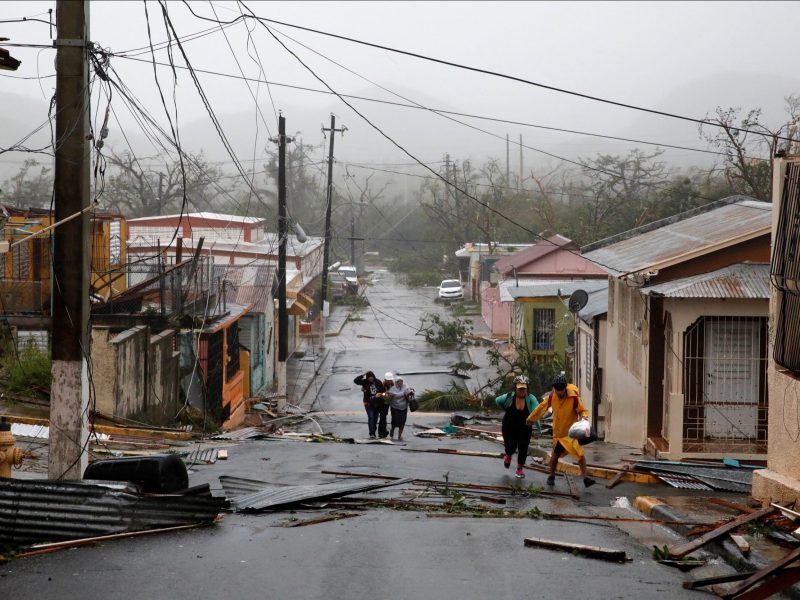
The island was drenched in rain that reached as much as 37 inches in some parts. Almost all of the buildings in Puerto Rico were damaged by Hurricane Maria in some way, a FEMA assessment found.
"The San Juan that we knew yesterday is no longer here," Mayor Carmen Yulin Cruz told MSNBC the evening after the hurricane hit, adding that Puerto Rico was "looking at four to six months without electricity." It ended up being 11 months until power was fully restored.
The hurricane killed 2,975 people, according to the official death toll, but that number has been disputed.
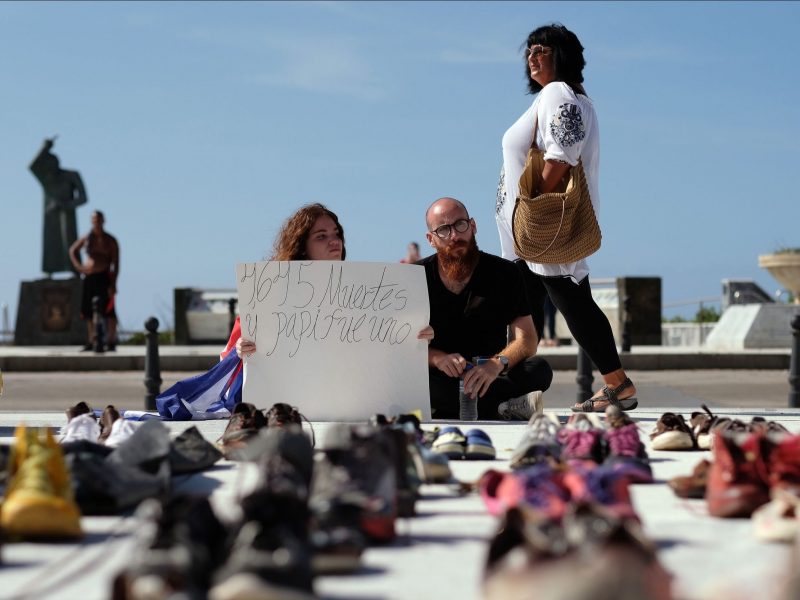
For months following the hurricane, the official death toll was 64, despite multiple reports disputing that number.
In November 2017, CNN surveyed 112 Puerto Rican funeral homes - nearly every single one on the island - who identified at least 499 hurricane-related deaths in the month following the storm. In December, an analysis by the New York Times based on daily mortality data from Puerto Rico's vital statistics bureau found that 1,052 more people than usual died in Puerto Rico in the 42 days following Hurricane Maria.
A May 2018 study published in the New England Journal of Medicine estimated the actual death toll to be 4,645.
In August 2018, a study commissioned by Puerto Rico's governor adjusted the official death toll to 2,975.
Alexis R. Santos-Lozada, a demographer and assistant professor at Pennsylvania State University, said the death toll discrepancy likely came down to how government officials counted hurricane-related deaths. Deaths associated with a natural disaster can be classified as direct or indirect deaths, and officials likely counted only direct deaths, such as those due to structural collapse or flying debris, Santos-Lozada said.
A month after Hurricane Maria, tourism in Puerto Rico was virtually nonexistent, and the island was compared to a "ghost town."
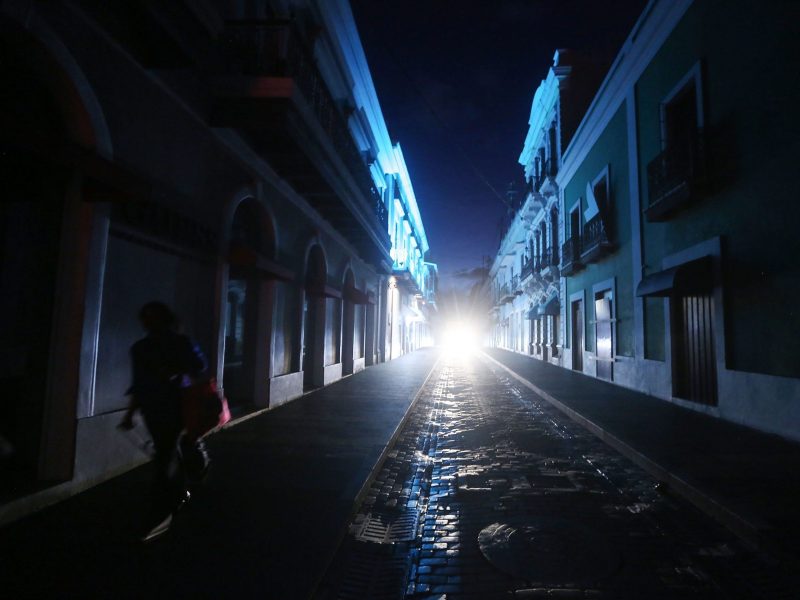
"It's like a ghost town," Mike Maione, a 57-year-old tourist from New Jersey, who was staying with his wife in Old San Juan at a hotel powered by a generator, told CBS News in October 2017. "We've been here a number of times before, and the place is usually just crawling with tourists, but there's nobody here."
Thousands were still without running water. Many restaurants and shops on the island still didn't have electricity, about a third of Puerto Rico's hotels were still closed, and the beaches were closed for swimming due to potential water contamination.
More than two-and-a-half years after Hurricane Maria, Puerto Rico's recovery has been slow.
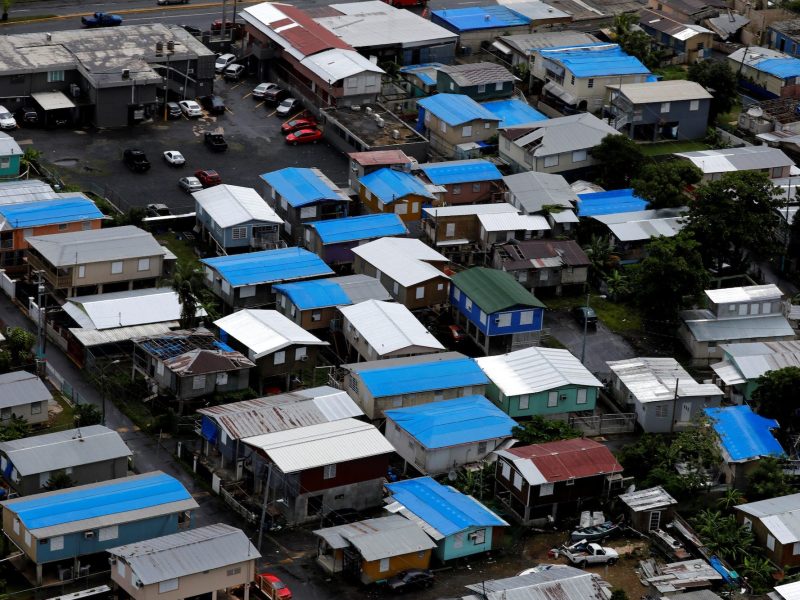
In the months following the storm, about 200,000 people - or about 6% of the population - fled the island, mostly to the mainland US, per Skift.
Power wasn't fully restored until mid-August 2018, almost a year after the hurricane.
And as of August 2019, about 30,000 people were still living without solid roofs, their homes covered by tarpaulins.
But the island's tourism industry has bounced back with surprising agility.
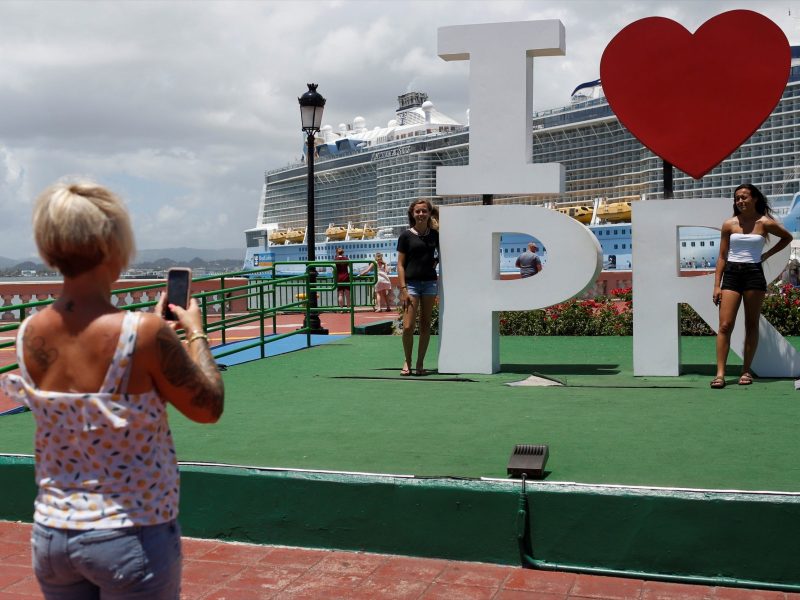
Puerto Rico declared itself officially open for tourism again in December 2017, just three months after the hurricane.
"Following Hurricane Maria, Puerto Rico saw a tourism comeback unlike any other, recovering four times faster than New Orleans after Katrina," a spokesperson for Discover Puerto Rico, the territory's tourism board, told Business Insider.
Several months before the hurricane, in March 2017, Puerto Rico had passed the "Act to Promote Puerto Rico as a Destination, act" setting the stage for a boost in tourism investment.
After Hurricane Maria, the island ramped up its efforts to revitalize the industry.
In January 2018, four months after the hurricane, the Puerto Rico Tourism Company flew influencers such as The Points Guy CEO Brian Kelly, who was Forbes' No. 1 travel influencer of 2017, to come visit the island and assist with recovery efforts.
After the visit, The Points Guy, whose website brings in 10 million monthly unique visitors, published several stories promoting travel to Puerto Rico.
At that time, more than 100 Puerto Rico hotels were already accepting reservations again, more than 4,000 restaurants were open, and 107 tourist attractions were operating, according to the tourism company's executive director, José Izquierdo.
That spring, Puerto Rico launched a new destination marketing organization, Discover Puerto Rico.
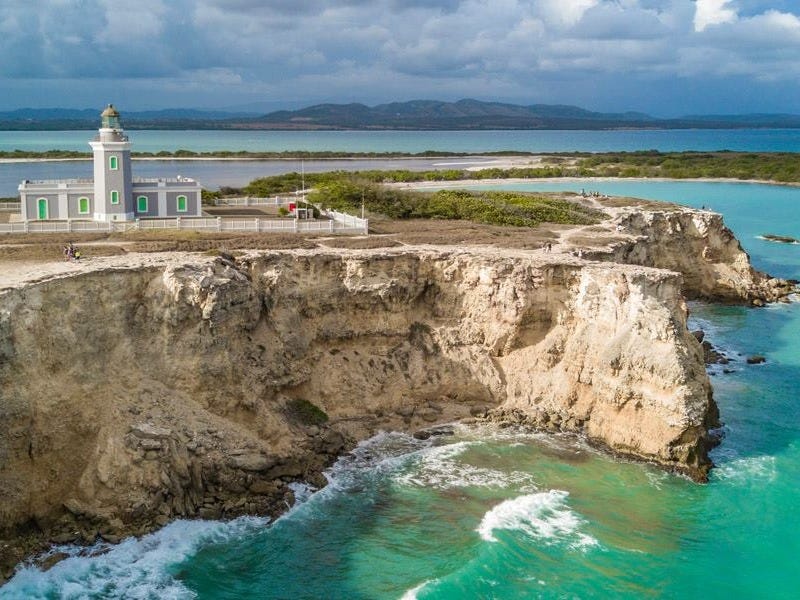
Per its website, Discover Puerto Rico took over tourism advertising responsibilities that had previously been handled by the Puerto Rico Tourism Company and Meet Puerto Rico.
Over the next several months, Discover Puerto Rico sent a multimedia team to travel around the island to take promotional photographs and videos of 78 municipalities.
It also focused on building out its social media presence and highlighting Puerto Rico's recovery effort.
In January 2019, in partnership with Discover Puerto Rico, Jimmy Fallon came to the island to film an episode of "The Tonight Show Starring Jimmy Fallon."
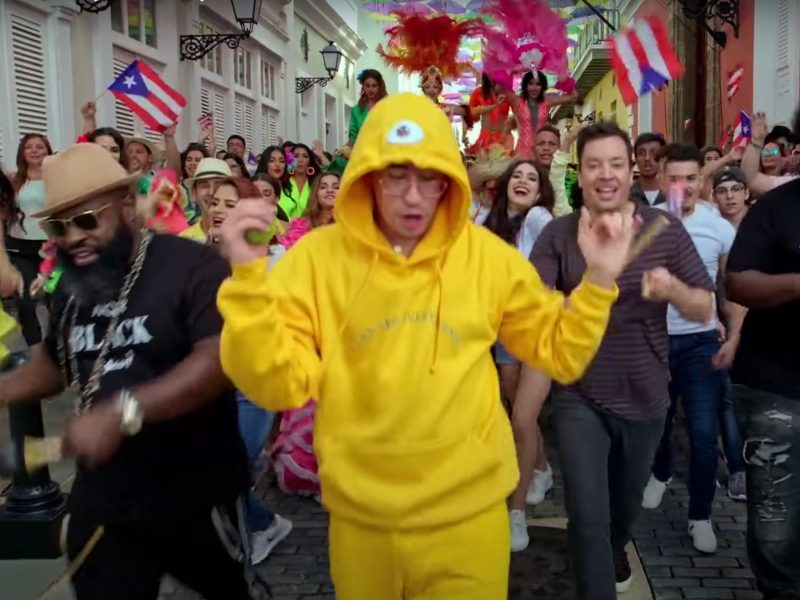
In the episode, Puerto Rican singer Bad Bunny and Fallon led a parade through the streets of Old San Juan while performing the song "MIA."
That same month, the New York Times named Puerto Rico the number one place to visit in its annual "52 Places to Go" list.
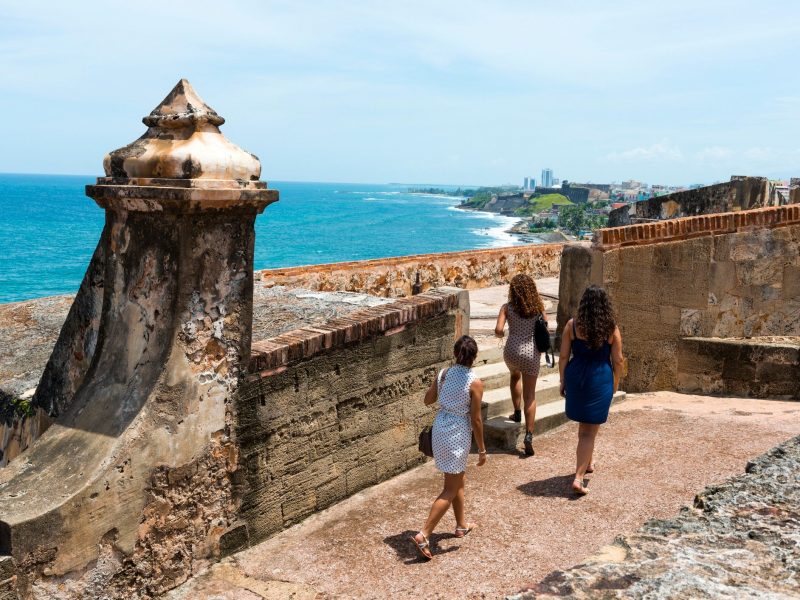
"A year and a half after Hurricane Maria slammed into this United States territory and other Caribbean islands with devastating force, Puerto Rico is on the rebound," Mireya Navarro wrote for the New York Times. "The number of daily flights is still below normal, but tourism officials say that cruise ship traffic is healthy, hotel room occupancy is climbing back to pre-hurricane levels and many major attractions are open or partly open."
Also in January 2019, Discover Puerto Rico helped bring the hit musical "Hamilton" to the island.
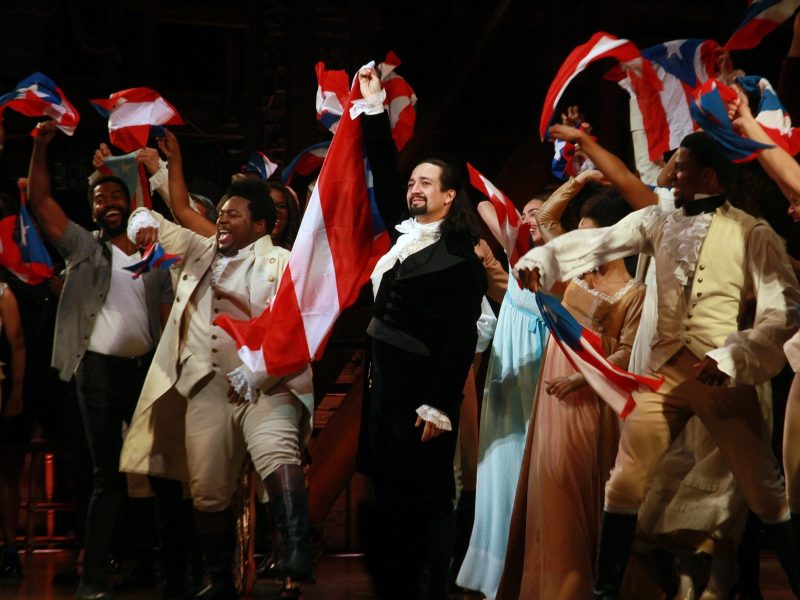
The musical "Hamilton" was performed in Puerto Rico for a limited time, with creator and lead actor Lin-Manual Miranda, who is of Puerto Rican descent, reprising the titular role.
Discover Puerto Rico created "The Hamilton Experience" travel packages around the show. The two-week-long "Hamilton" run raised almost $15 million for local arts groups, cultural organizations, and independent artists, according to Discover Puerto Rico.
After Hurricane Maria, many Puerto Rico hotels underwent months-long renovations. Since then, these hotels have reopened along with several brand new hotels on the island.
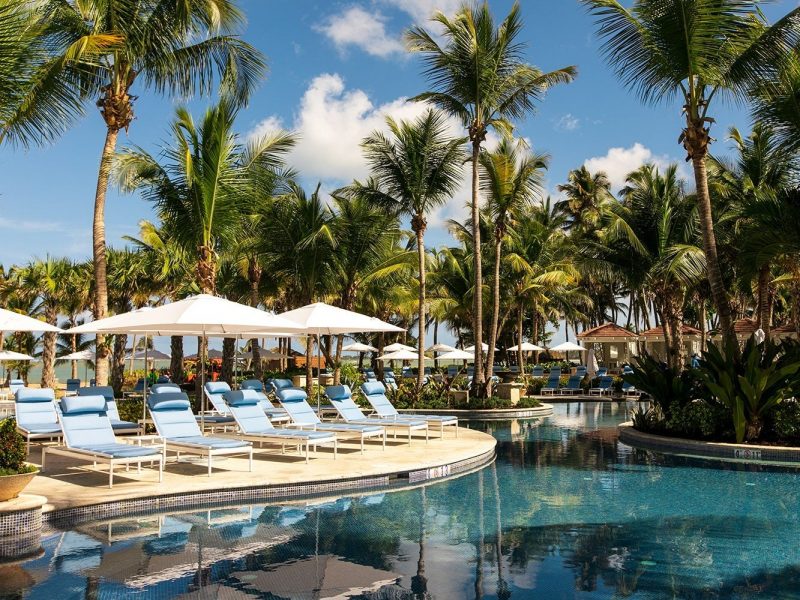
The first new hotel to open in Puerto Rico after Hurricane Maria was the Serafina Beach Hotel in May 2018, eight months after the storm.
The next month, a mountain farm lodge called El Pretexto opened outside of San Juan. In December 2018, the luxe St. Regis Bahia Beach reopened following a $60 million renovation after the hurricane.
And in October 2019, after its own multimillion-dollar renovation, Hyatt Hotels' The Resort at Coco Beach in Rio Grande reopened about 25 miles outside of San Juan near the El Yunque rainforest.
And Puerto Rico's hotel scene continues to expand. In February 2020, just before the coronavirus pandemic hit the US, Marriott's Aloft Hotel opened in El Distrito, San Juan's entertainment district. El Conquistador, a Waldorf Astoria resort, is set to reopen in the fall of 2020 after a major renovation. A Four Seasons resort in Cayo Largo is scheduled to open in late 2020.
There was also a surge in new vacation rentals after Hurricane Maria, as residents filled the gaps left by temporarily shuttered hotels.
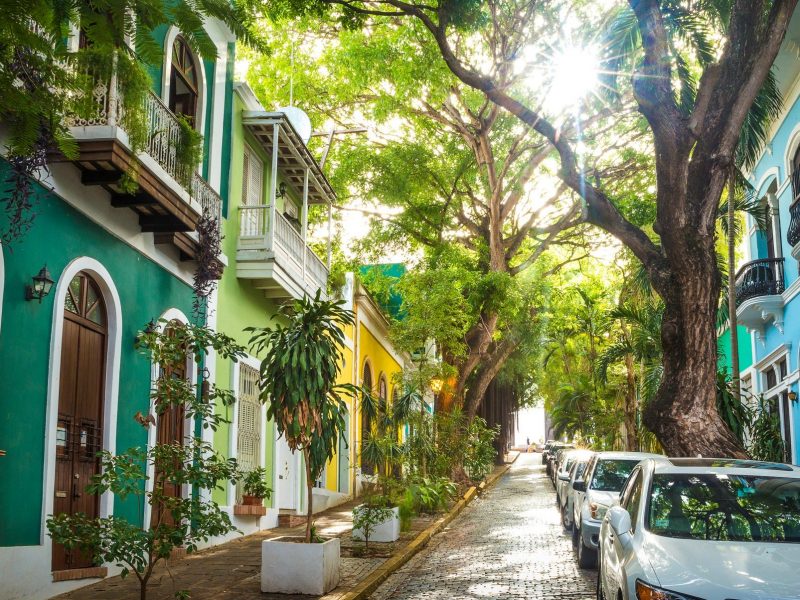
Before Hurricane Maria, roughly 7,700 property managers were listing spaces on Airbnb in Puerto Rico, Airbnb CEO Brian Chesky recently said. Now, there are about 12,000.
On March 30, 2020, Chesky discussed Puerto Rico on a live-streamed video message to the company's property-manager partners, saying that Airbnb's business would bounce back after the coronavirus crisis in the same way that Puerto Rico's tourism sector rebounded after Hurricane Maria.
2019 ended up being Puerto Rico's best year ever for tourism.
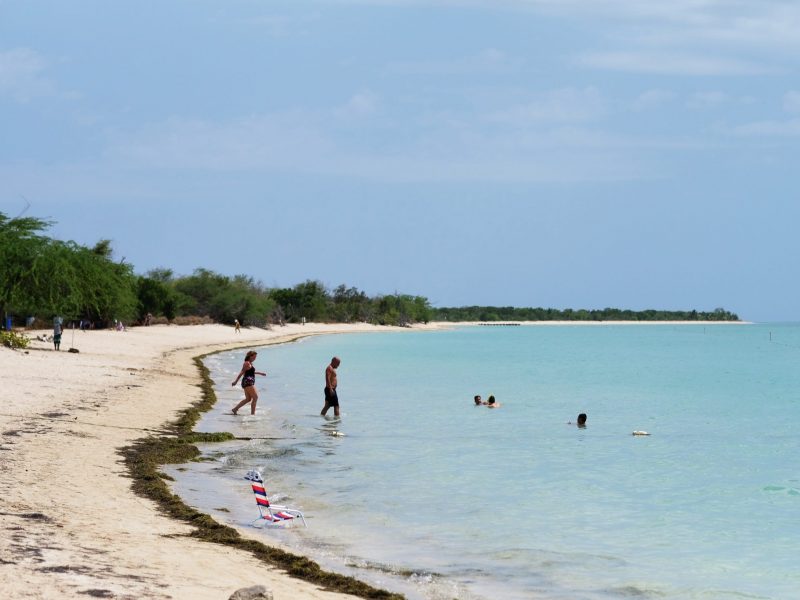
The island saw 5.2 million visitor arrivals and nearly $1 billion spent on hotels and vacation rentals, per Discover Puerto Rico.
Since August 2018, the tourism board has been focusing on boosting MICE tourism, a type of tourism that brings large groups to a destination for meetings, incentives, conferences, and exhibitions, the spokesperson told Business Insider.
The MICE sector has proven to be promising in Puerto Rico, with a potential economic impact for the island of more than $320 million over the next six years, per the tourism board.
Puerto Rico's tourism sector must now overcome new obstacles with the coronavirus pandemic that has brought travel and other business on the island to a standstill.
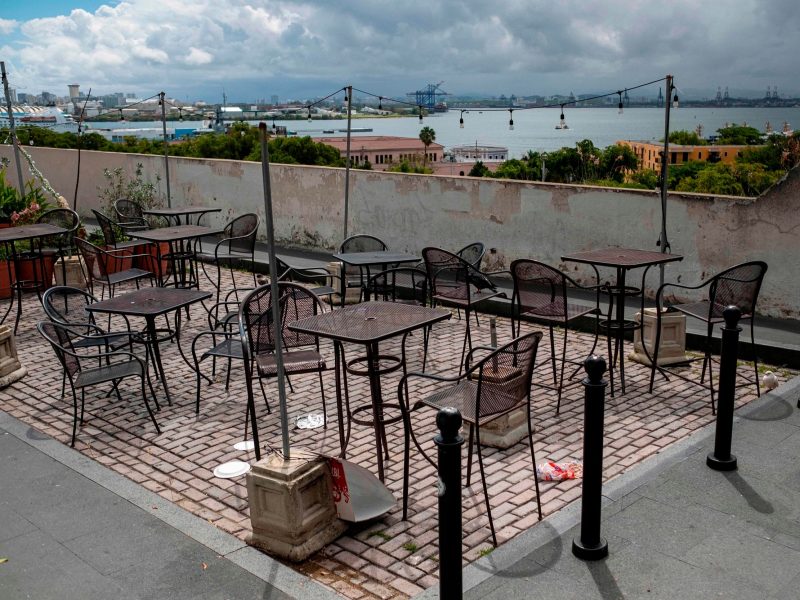
Economist José Caraballo said the island's strict lockdown caused an estimated economic loss of between $6 billion and $12 billion, Insider reported last month.
On May 26, the island reopened its beaches, restaurants, churches, malls, and hair salons after a March shutdown, but a 10 p.m. to 5 a.m. curfew remains in effect through June 30. Puerto Rico reopens for tourism on July 15.
But in a win for the island's economic situation, in February, Puerto Rico had just reached a deal with bondholders that would write off $24 billion of its debt in exchange for paying the rest of it back 10 years sooner than previously agreed, Business Insider reported.
Despite ongoing challenges, Puerto Rico's tourism industry has shown great resilience.
Brad Dean, CEO of Discover Puerto Rico, told Forbes in September 2018 that the people of Puerto Rico have "unintentionally earned a PhD in economic recovery. They are writing the textbook ... on how to use tourism to fuel economic recovery."



